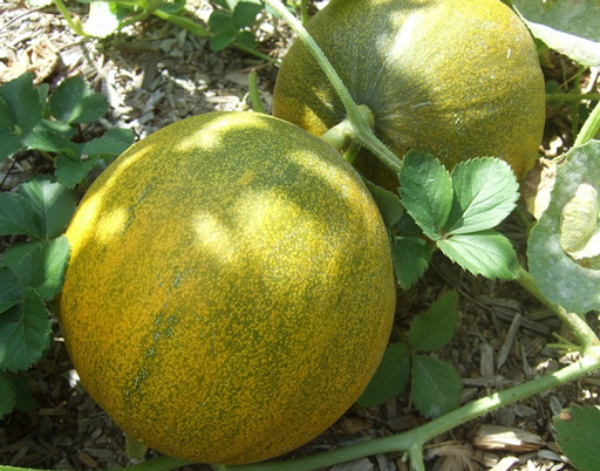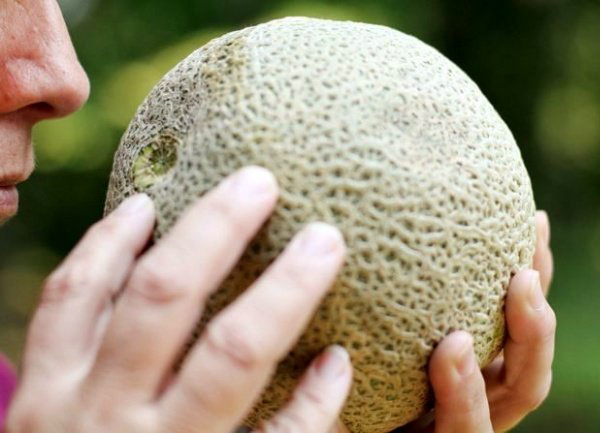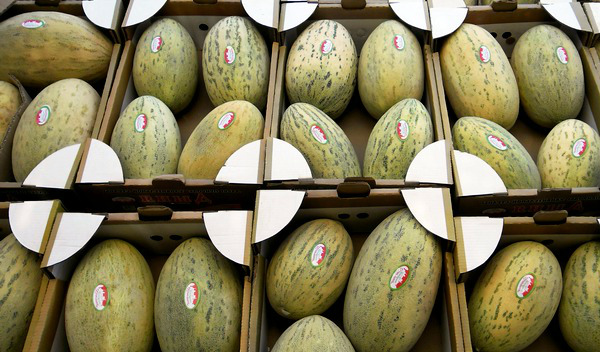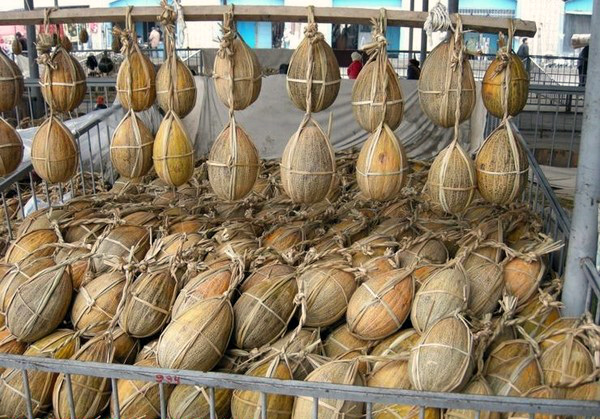What to do if the melon is not ripe and how to “ripen” it at home
Content
How to determine - ripe or not
So, you decided to buy or pick a melon from the garden, but you do not know how to determine if it is ripe or not. In fact, it is not that difficult. Check pumpkins carefully before purchasing or harvesting.
Ripe melon has a strong aroma. Depending on the variety, the nuances of the aroma fluctuate, a distinct honey smell or a spicy floral one may appear.
But if a heavy smell of foulbrood is mixed into the smell, this means that the melon is overripe. You can still eat it or put it in a pie as a filling, but you won't be able to store it. If there is no smell, then this means that the fruit is not ripe. You can make candied fruit, jam, unsweetened soup from such melon, or leave it at home to ripen to eat later.
It will help to make the correct "diagnosis" of the condition of the skin of the fruit. A ripe melon has a peel of even, uniform color (but it depends on the variety), without dents and cracks.
You can carefully examine the pumpkin itself. Where there was a flower, a melon is soft. The stalk, if present, should be dry and peel off easily from the pumpkin. The stalk may be green, but this means that the fruit is unripe.
There is another way to check ripeness. This can be done by running your fingernail over the peel. In a ripe melon, the top layer of the skin is easily peeled off, while in an overripe melon, dents remain.
To determine the ripeness, you can navigate by the sound: slap your palm on the pumpkin - the ripe one will make a dull sound.
It makes no sense to be guided by the size of the melon, because different varieties have different average sizes of the fruit.
In order not to get a whole bunch of food poisoning, refrain from buying melons in spontaneous markets, in tents near roads, or where fruits simply lie on the ground without any protection. In ripe pumpkins of most varieties, the peel becomes thin, easily absorbing dust, dirt, and microbes. If the fruit is stored unprotected, a crack may form, into which pathogens enter.
How to speed up ripening
What to do if the melon is not ripe? That's right: keep it fresh at home in a certain way. Most varieties can be stored for up to 6 months, therefore, green, not in color, but as it is, the melon still has a chance to please with a sweet filling. Let's see how the storage and ripening process goes.
Only undamaged fruits can be stored. Examine the pumpkins carefully, remove the dirt, but do not touch the stem. Place the fruits in a dry, well-ventilated place - this can be used to store the melon for about a week. But if the pumpkin is completely green, then this method will not work. The fruit can be stored in the refrigerator in the vegetable compartment for about a week. For long-term storage, that is, more than a month, pumpkins are placed in specialized fruit storage and special refrigerating chambers.
It is important to understand why some varieties can be stored longer than others. Melon varieties are conventionally divided into three large groups:
- The first includes early maturing varieties that cannot be stored for a long time due to accelerated vegetation. The maximum period during which they retain their taste is 7 days.
- The second group includes some early varieties, as well as mid-early ones. During the growing season, they manage to gain enough nutrients and minerals to lie a little longer - up to 3 weeks. However, in this form, they lose their sweetness from time to time.
- The third group includes mid-season and some late varieties. Such fruits can be stored for up to 5-6 months. Usually, it is these varieties that are sent for ripening, since for some time they gain all the taste, but then, with prolonged storage, they begin to gradually lose them.
Long-term storage methods require a certain approach so that sweet pumpkin will live well until it is eaten. The fruits are peeled from the stalks, laid out on a tarp or bare ground and left uncovered for 15 days. The fruit must be turned every 4 days. This method is suitable if you know for sure that there will be no rain during this period, since pumpkins quickly deteriorate upon contact with water. During the time of warming up under the sun, the vegetation processes completely stop.
When a small number of fruits ripen, they are hung in nets or cloth bags. But it is important to take precautions: the room must be dark, cool and dry, otherwise the pumpkins will start to rot. It is easy to organize such a storage: between the posts, several tiers of poles with a diameter of at least 12 centimeters are fixed, on which the fruits are hung in nets.
Alternatively, you can use straw-lined cages. But with this method of storage, you will need a large number of cells, since the fruits in them should not be in contact with each other.
In late-ripening varieties, as you know, the pulp is not sweet immediately, but after they have a good rest. Many are interested in the question of why this happens. It's all about the chemical reactions that occur in the pumpkin after it is separated from the bush.
Fruits of late-ripening varieties are plucked before maturity and left to bask in the sun so that they pick up the sweetness. In this case, turn the side that, when ripe, was turned to the ground.
After a week of “tanning” in the sun, they are removed to a dark, cool place with low humidity, where they calmly finish ripening. And when it becomes cloudy, cold, or even snowy outside, you and your loved ones will be able to enjoy juicy, sweet melons.
Video "How to choose a ripe melon"
In this video, you will learn how to choose a ripe, sweet, nitrate-free melon when shopping.




